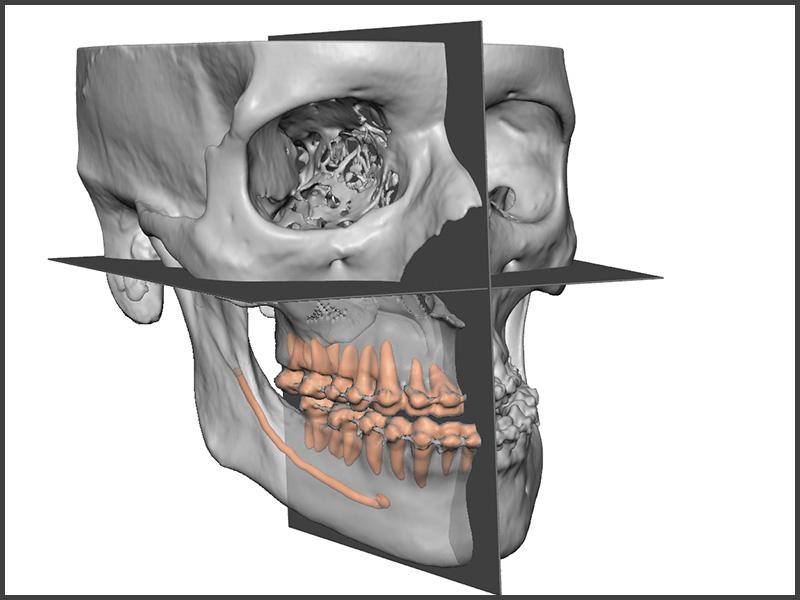Virtual plans aid reconstructive surgery
Tulane University alumna Sadie Glick fondly remembers the Christmas her father gave her a white board. Glick’s father used the gift as a teaching tool, demonstrating scientific principles like measuring the trajectory of a ball curving toward the earth, to the wide-eyed fourth-grader. Guided by these early childhood experiences, Glick orbited toward a STEM career and is currently working as a biomedical engineer within the healthcare division of 3D Systems, a medical imaging company located outside of Denver.
The Louisiana native and co-president of the Tulane Club of Colorado graduated from the Tulane University School of Science and Engineering in 2014.
3D Systems Healthcare uses medical imaging as an innovative tool for both patient diagnosis and clinical treatment, creating unique opportunities for surgical planning and solving common challenges faced during reconstructive surgical procedures.
“Preoperatively, we can see anatomy in a way never seen before.”
— Sadie Glick, biomedical engineer with 3D Systems
“Preoperatively, we can see anatomy in a way never seen before,” said Glick, who works with surgeons worldwide to plan lower face and corrective jaw surgeries online before the patient sets foot in the operating room.
“I work within our Virtual Surgical Planning department to plan out orthognathic surgeries,” she said. “We are able to model the patient's anatomy in 3-D by going through the CT/ CBCT data slice by slice and ‘segmenting’ out relevant anatomical structures.”
“Once a case is fully prepped, I then get online with a surgeon and, performing the same cuts that they would intraoperatively, move the anatomy to a more functional or aesthetically pleasing position, while analyzing how the movements of the jaws will affect the surrounding bony anatomy. We then 3-D print guides and templates custom to the surgical plan on-site and ship them for use at the time of surgery,” said Glick.
Glick said that the guides also benefit the resulting procedures by producing more predictable outcomes and reducing surgical time.
RELATED VIDEO: Tulane grad student develops new approach to breast restoration


